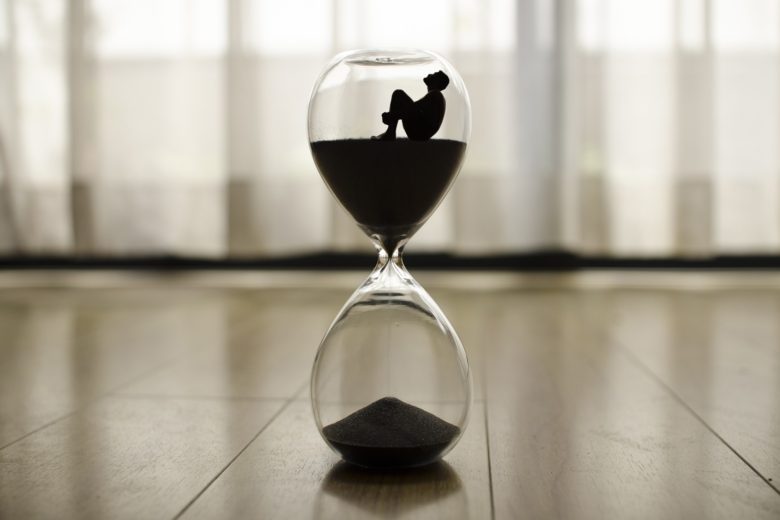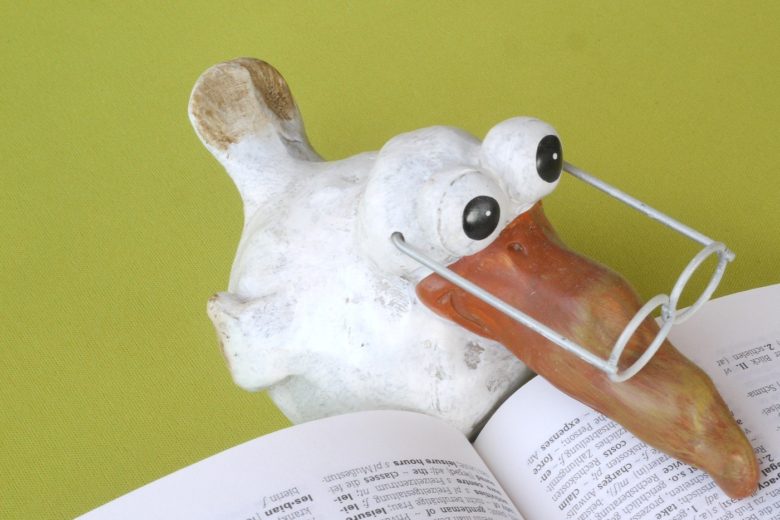The end of summer means back to school and back to business for most young athletes.
For our
For our youngest boy
With schedules like this
Here, we will discuss the prevention and treatment of two of the most common injuries for young athletes.
SPRAIN or STRAIN? What’s the difference?
Sprain/strain injuries are often discussed together and frequently confused. Some of the confusion may be because they are very similar injuries with similar symptoms.
Sprain – Overstretching or tearing of ligaments. Most common location for sprains is the ankle joint.
Strain – Overstretching or tearing of muscle or tendon. Most common location for muscle strain is the low back and hamstring muscles.
SYMPTOMS
The symptoms of sprains and strains are pretty much the same and include;
- Pain in the affected area
- Swelling
- Limited range of motion
- Limited flexibility
The big difference in symptoms is that wit
TREATMENT
R.I.C.E.
The R.I.C.E. method is a well-known, widely used, protocol for the management of acute injuries. This is the method I was taught in massage training and is my go-to immediately following injury onset.
- Rest – To prevent further injury, immediately rest the affected area and avoid weight bearing activities for 24-48 hours
- Ice – To reduce pain and swelling immediately ice the affected area for no more than 20 mins. Continue to use an ice pack for 10-20 mins, three times a day for the first 48 hours.
- Compression – Wrapping the affected area can help to decrease swelling. The wrap should be tight but loose enough to allow for proper circulation. If a wrap is needed for more than 48-72 hours, you may have a more serious issue and should seek medical attention.
- Elevation – To help move fluids away from the affected area, raise the injured body part above the heart.
While R.I.C.E. is still a popular go-to for the treatment of acute muscle strains and injuries, there is a new school of thought that suggests using the M.E.A.T. (Movement, Exercise, Analgesics, Treatment) protocol for treating tendons and ligaments.
This method may get your athlete back in the game much more quickly.
M.E.A.T.
Unlike muscles, ligaments and tendons have poor blood supply and circulation, causing them to take longer to heal when injured. Chronic injury and joint instability can result from improper or incomplete healing of ligaments. The M.E.A.T. approach supports tissue healing and promotes recovery.
- Movement – Gentle movement increases
movement of fluid to and from the injury site, stimulates blood flow, and reduces the formation of scar tissue. In this stage, you only want to move as much as you comfortably can. - Exercise – This is a step up from the gentle movement mentioned above. Exercise increases circulation, flooding the injured area with fresh blood and fluid while facilitating the removal of damaged tissue. Controlled AROM and strength exercises can help improve function in the injured area. To prevent re-injury, take care not to approach exercise too aggressively in the early stages of recovery.
- Analgesia – Pain management is a vital consideration for injury treatment.
NSAIDS should be avoided.NSAIDS reduce inflammation and inhibit the inflammatory process which is so crucial to healing. There are a number of natural alternatives that reduce tissue swelling and relieve pain without interfering with the body’s natural healing mechanisms. Acupuncture, bromelain and papain supplements, topical analgesics, and if Tylenol (Toxic to the liver. Use sparingly and do not exceed recommended dosage) are just a few. If the pain is excessive, you may have a more serious injury and should discuss this with your doctor. - Treatment – Treatment will vary depending on the type of injury and how acute or chronic it is. Treatment can include but is not limited to the following; nutritional supplements, acupuncture, massage, KT taping, active release technique, alternating hot and cold application, physical therapy, ultrasound, manual therapy, and electrical stimulation. For more chronic injuries, consider prolotherapy as an alternative to cortisone shots. Prolotherapy is a natural injection therapy that strengthens and regenerates tendons and ligaments to eliminate pain and restore function.
In conclusion, it seems that M.E.A.T. is faster and may be a more effective alternative to R.I.C.E. in the treatment of tendon and ligament injuries.
Consider this approach when the goal is to facilitate proper healing and get your athlete back in the game.
Have you tried the M.E.A.T. protocol vs. R.I.C.E.? Please share your experiences in the comments.
References: https://www.theathletecentre.com/sports-injuries-skip-rice-and-get-meat/
https://www.caringmedical.com/prolotherapy-news/return-play-meat-movement-exercise-analgesia-treatment/
https://goodmedclinic.com/meat-vs-rice-for-injury-management/
http://naturalhealingnews.com/cortisone-versus-prolotherapy-shots/#.W32rDc5KhhE





Gloriously expert position. I merely bumbled upon your post and desired to articulate that I have really relished understanding your blog articles.
Saluto 🙂 This is a very interesting article and a great information too.. so this means that you can watch more shows around the world.. this was really awesome! Super! Links in Have you considered promoting your blog? add it to SEO Directory right now 🙂 http://www.links.m106.com .
I admire the valuable facts you provide inside your content. Ill bookmark your weblog and also have my youngsters test up right here often. I am very certain theyll discover a lot of new stuff here than anyone else!
Thanks for posting this post. I’m undeniably frustrated with struggling to search out relevant and brilliant commentary on this subject. Everybody now goes to the very far extremes to either drive home their viewpoint that either: everyone else in the planet is wrong, or two that everyone but them does not really understand the situation. Many thank you for your succinct, applicable insight.
This sort of thing needs to happen! Really its a must to take a look past everything and get upset. This will help you stay above the curve.
First-class information it is without doubt. My teacher has been searching for this tips.
Hi there I am so excited I found your weblog,
I really found you by accident, while I was browsing
on Digg for something else, Anyways I am here now and would just like to say thanks for a
incredible post and a all round enjoyable blog
(I also love the theme/design), I don’t have time to look over it all
at the moment but I have book-marked it and also added your RSS feeds, so when I have time
I will be back to read more, Please do keep up the fantastic work.